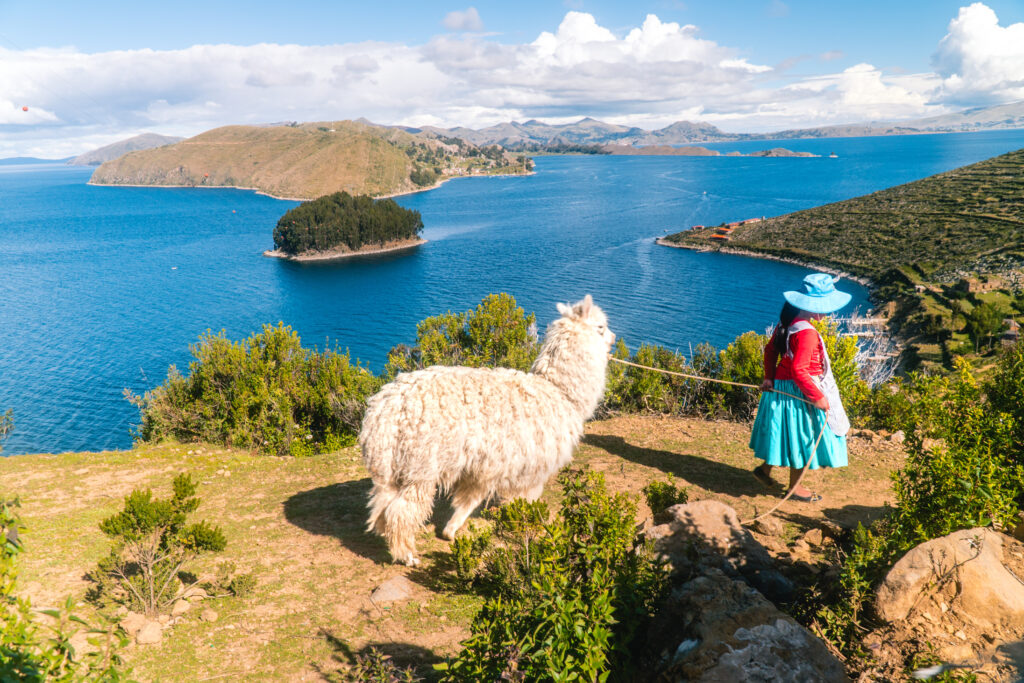
In the heart of South America, Bolivia reveals a bewitching world. Often overlooked as a vacation destination because of the distance separating Bolivia and France, this country is well worth a visit! From the majestic peaks of the Andes to the endless expanses of the Salar d'Uyuni, every corner of the country is awe-inspiring for adventure-seeking travellers. Nature lovers are sure to love it here! Add to this a fascinating culture, and you have the recipe for a successful stay. With these 17 must-see things to do in Bolivia, your stay promises to be as magical as possible.
1. Lake Titicaca, the must-see in Bolivia
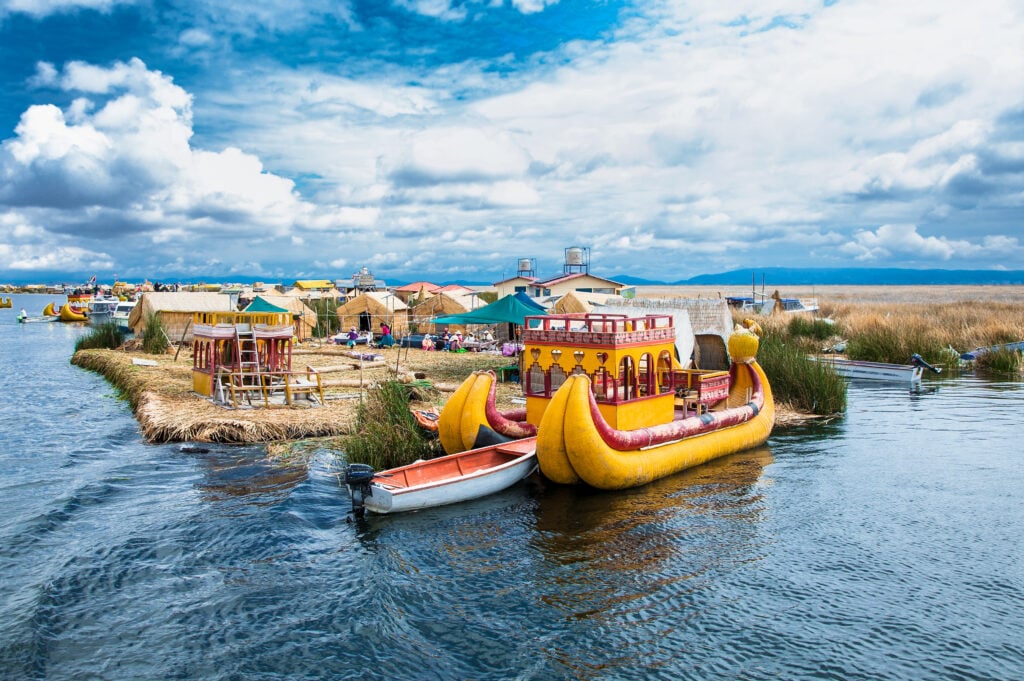
Probably the most famous spot in the country! Lake Titicaca, an ancestral treasure shared by Peru and Bolivia, has captivating and spiritual legends in store for you, important to the Aymaras and Quechuas. Considered the cradle of life, it is said to have been the birthplace of the god Viracocha and the first Inca, Manco Cápac. You'll be charmed by the unrivalled beauty of this navigable lake, at a breathtaking altitude of 3,810 metres! All around, natural and man-made islands await you, each imbued with its own unique charm. Discover the islands of Lake Titicaca on this two-day excursion from Puno.
The Lake Titicaca Reserve, created in 1978, is also an animal paradise. Boasting a rich biodiversity, it is home to numerous species of birds, fish and amphibians.
Good to know: one of these islands is a little-known, undervalued place worth discovering, the Isla del Sol.
2. La Paz, the capital of Bolivia
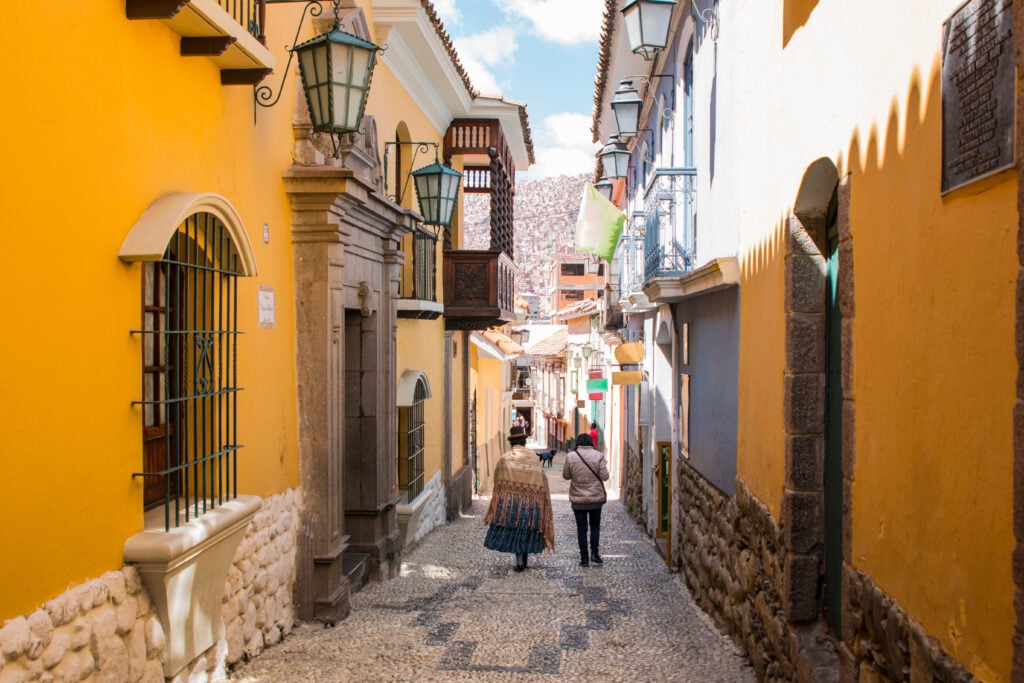
One of the world's top 15 capitals to visit, Bolivia's administrative capital invites you to discover its unique blend of tradition and modernity. As proof, you can link the modern district to the old one by brand-new cable car!
Nestled in a canyon at the foot of the Andes, La Paz gives you access to the majestic peaks of Huayna Potosi and Illimani, which watch over the city. The traditional markets allow you to immerse yourself in the heart of Bolivian life, walking in the footsteps of the locals. As you stroll along, the houses clinging to the slopes will never cease to amaze you!
At sunset, don't hesitate to climb up to the Mirador Killi Killi for a dazzling panorama of La Paz. Are you more of a hiking enthusiast? Then the Cordillera Royale, overlooking the city, is for you. Discover the best of La Paz by booking this guided tour with cable car ride included!
What to see La Paz is one of the places that gave us one of the most beautiful photos of our trip, so you can dream a little vicariously..
3. Potosí, ancestral treasure
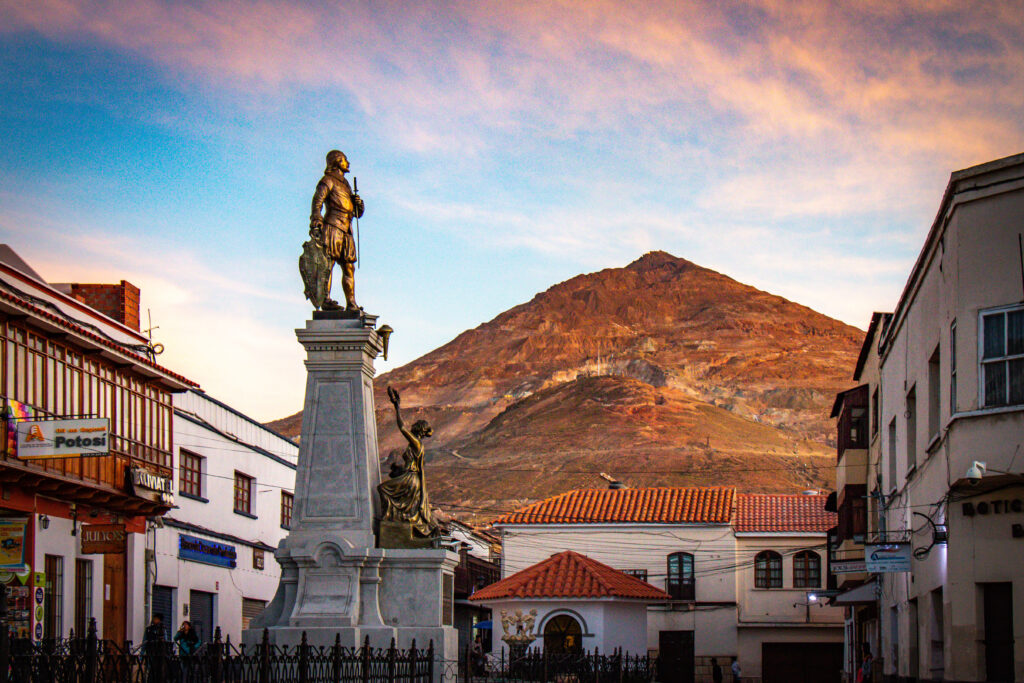
It's time to visit the must-see Potosí, a Bolivian city steeped in history. In the XVIᵉ century, it was the world's largest industrial complex, mining silver ore with ingenious water mills.
Today, Cerro Rico, with its industrial monuments and working-class neighborhoods, bears witness to this bygone era. At an altitude of 4090 metres, Potosí is the highest city in the world. Ready to challenge the heavens? Bravo! Then explore the colonial city, with its Casa de la Moneda, San Lorenzo church and noble residences that tell the epic story of silver wealth.
4. Sucre: another capital?
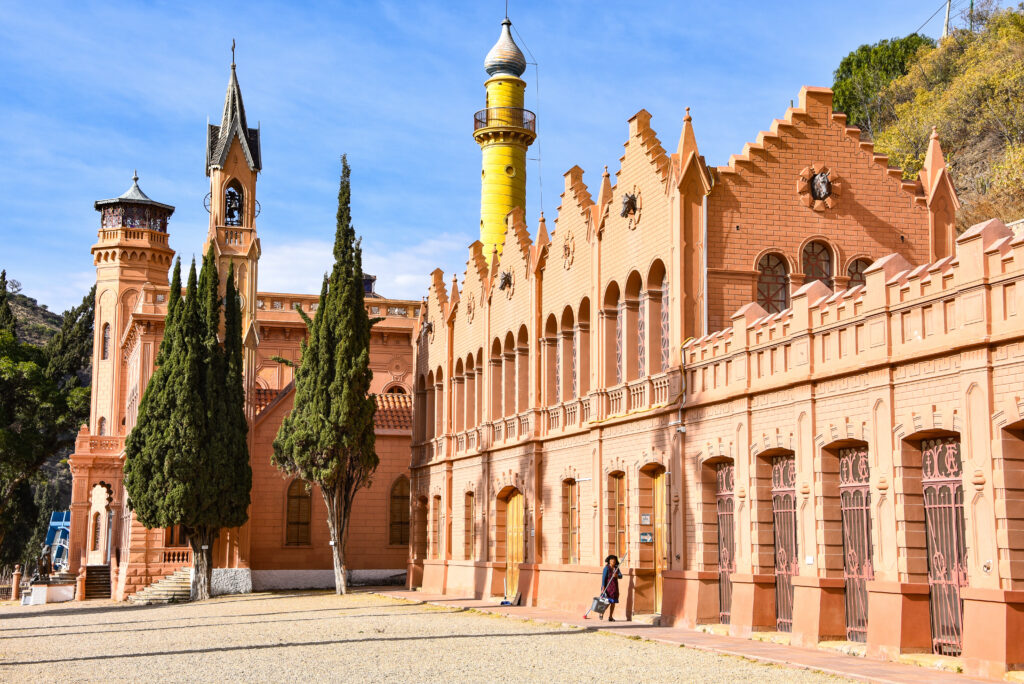
Sucre is Bolivia's constitutional capital. Let yourself be carried away by the charm of its white streets, reminiscent of an Andalusian village, all in a pleasant climate. Plaza 25 de Mayo, surrounded by palm trees, is undoubtedly the vibrant heart of the city at weekends. Looking for fun? You've come to the right place!
Your visits will take you to the Cathedral and the Monasterio de la Recoleta for a dive into the country's religious and political history. More fun: don't miss the replica of the Eiffel Tower in Parque Bolivar, adding an unexpected touch to your visit. What's Sucre all about? Quite simply, a captivating blend of colonial and traditional architecture, a festive atmosphere and much more. Discover the wonders the city has to offer as you stroll through ancient streets steeped in history on this guided tour!
A little background information: founded in the XVIᵉ century as Charcas, the town was later renamed in honor of Antonio José de Sucre, friend of Simon Bolivar, signatory of South American independence.
5. The incomparable beauty of Sajama National Park
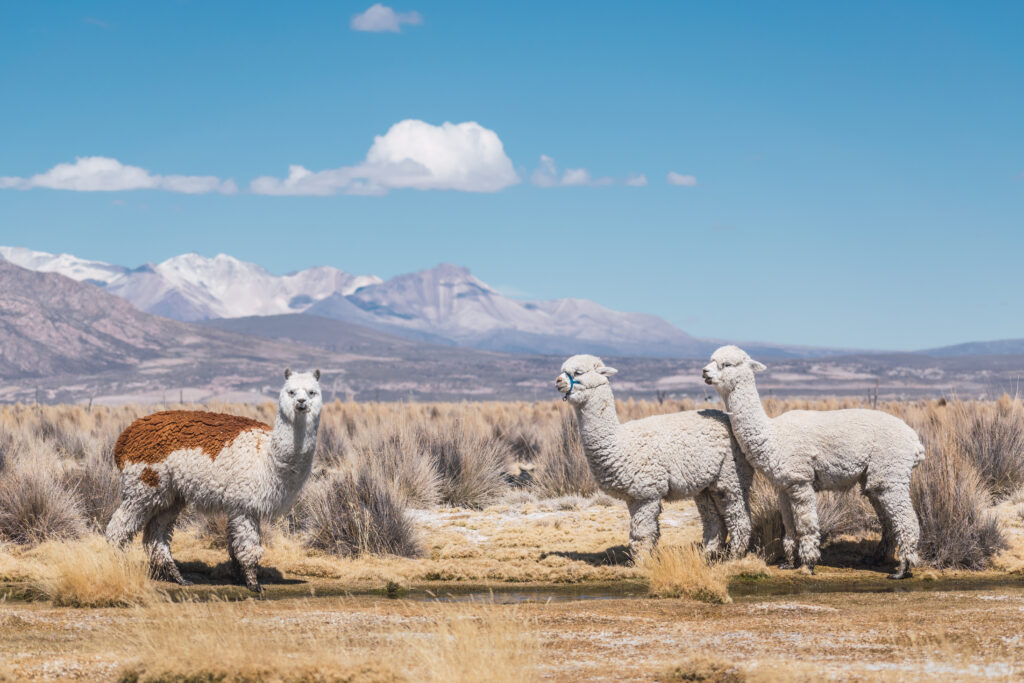
A Bolivian treasure still untouched by mass tourism, Sajama National Park is a desert plateau bordered by dry grass and framed by snow-capped volcanoes . Will you take up the challenge of climbing one of the 3 volcanoes: Sajama, Parinacota or Poméran? In the heart of this majestic landscape, the village of Sajama , with its Nuestra Señora de Navidad church, welcomes you.
And if you're feeling adventurous, the Juchusuma geysers are a must-see Extend your adventure to the Alturas lagoon, or take a dip in the natural thermal waters of Kasilla. Come on, you've earned your reward: from the Montecielo viewpoint, an incredible view awaits you!
6. Torotoro Natural Park, Bolivia's Jurassic Park
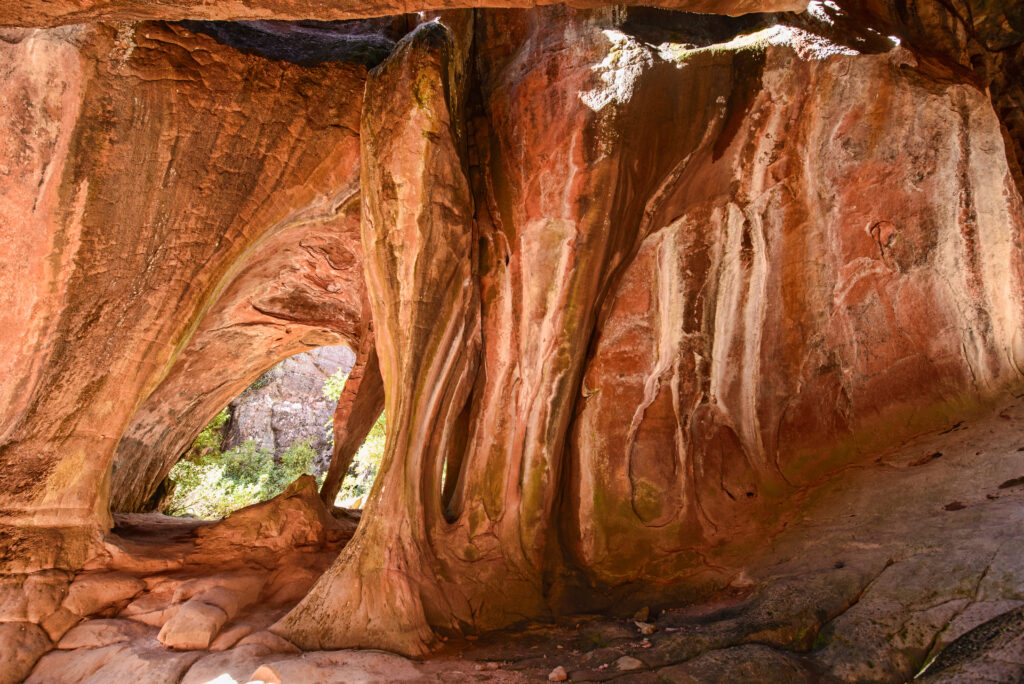
Accessible from Cochabamba, this enchanting site opens onto the village of Torotoro, dedicated to peaceful tourism. In the heart of Torotoro National Park, fossilized dinosaur footprints can be seen at the entrance to the village, bearing witness to the region's rich prehistoric past. Created in 1989 to protect the Red-fronted Macaw, the park offers spectacular views of the colorful mountains and is home to endangered species such as the puma. During a day of pure adventure, you'll walk in the footsteps and fossils of dinosaurs (in a manner of speaking, of course). This unusual place is a favourite with archaeologists the world over, and could well become your children's favourite visit if you're travelling with the family!
7. The Valley of the Moon, Bolivia's canyons
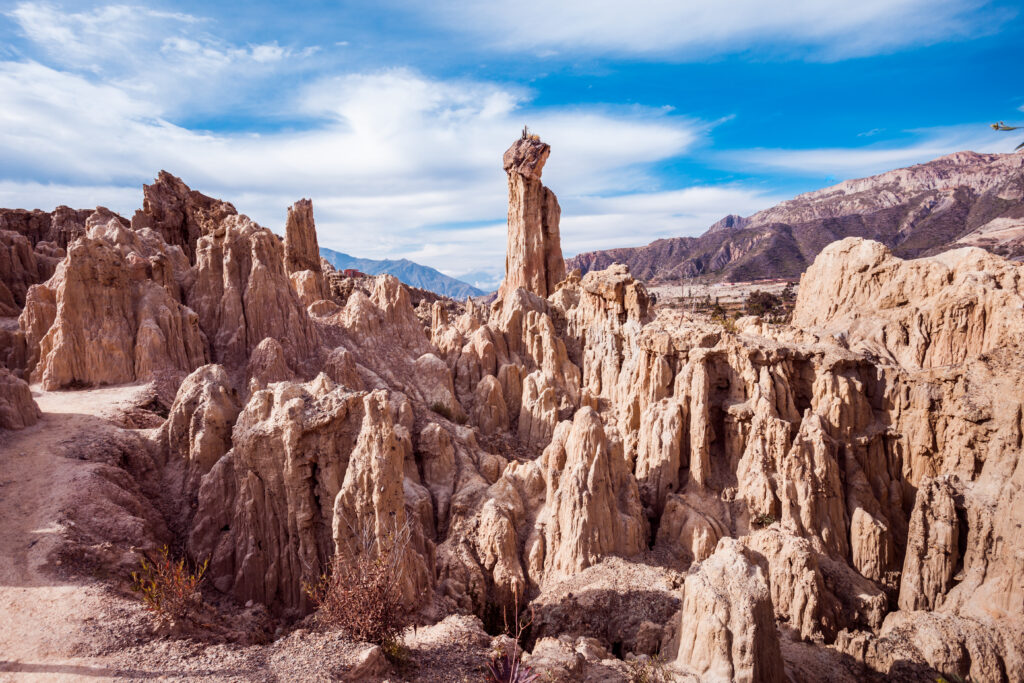
Discover a lunar landscape at the Valley of the Moon, located 10 km from La Paz. This ancient eroded hill features obelisks and craters sculpted by wind and rain over millennia. Absolutely splendid!
This is one of the places in Bolivia where you can enjoy some of your most beautiful hikes at altitude. You'll follow well-marked trails, revealing spectacular panoramas at every step, with Devil's Point as the highlight. Everywhere, the natural spectacle unfolds all its charms... Rock formations ranging from beige to red surround a vegetation of cacti, including the San Pedro cactus with its hallucinogenic properties (don't touch!). This incredible, unusual place is the playground for night-time events on a variety of themes, from Star Wars to astronomy.
8. Noel Kempff Mercado National Park, a Bolivian wonderland
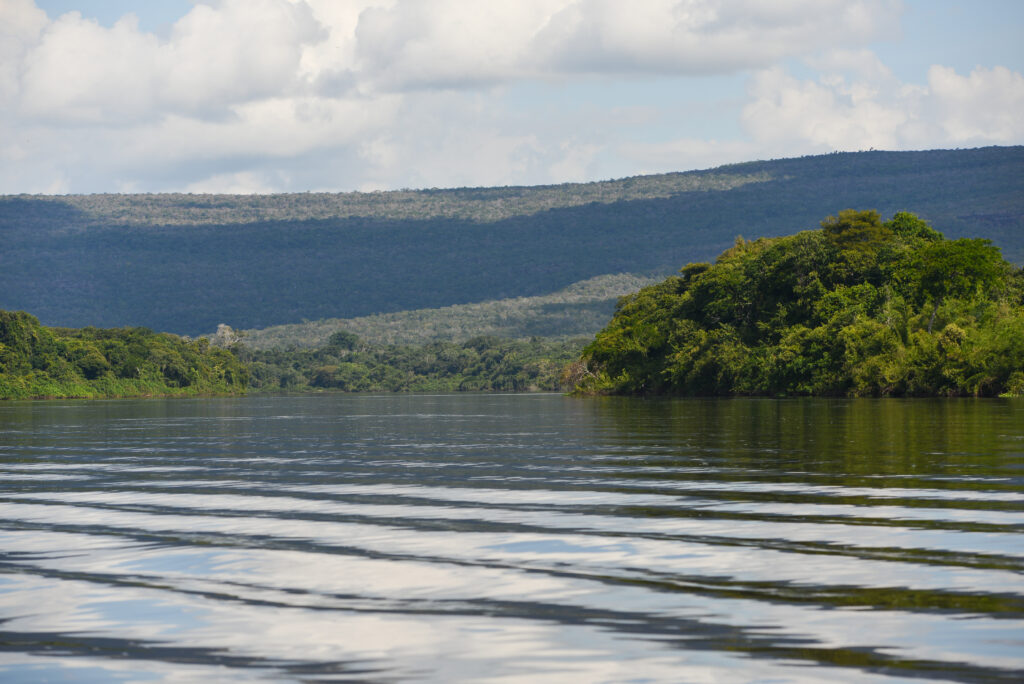
Located in the heart of the Amazon basin, the Noel Kempff Mercado National Park is fascinating for its diversity. Covering an area of no less than 1,523,000 hectares, it offers a variety of habitats, from high-altitude Amazonian forests to savannahs and Cerrado forest. Wonder is everywhere!
This region has a rich evolutionary history spanning over a billion years, which explains its rich biodiversity, including endangered species. Among the park's must-see sites, don't miss the sub-humid Shield Forest. Formerly dedicated to rubber tapping, this area offers an interesting immersive experience.
9. Salar d'Uyuni, Bolivia's salt desert
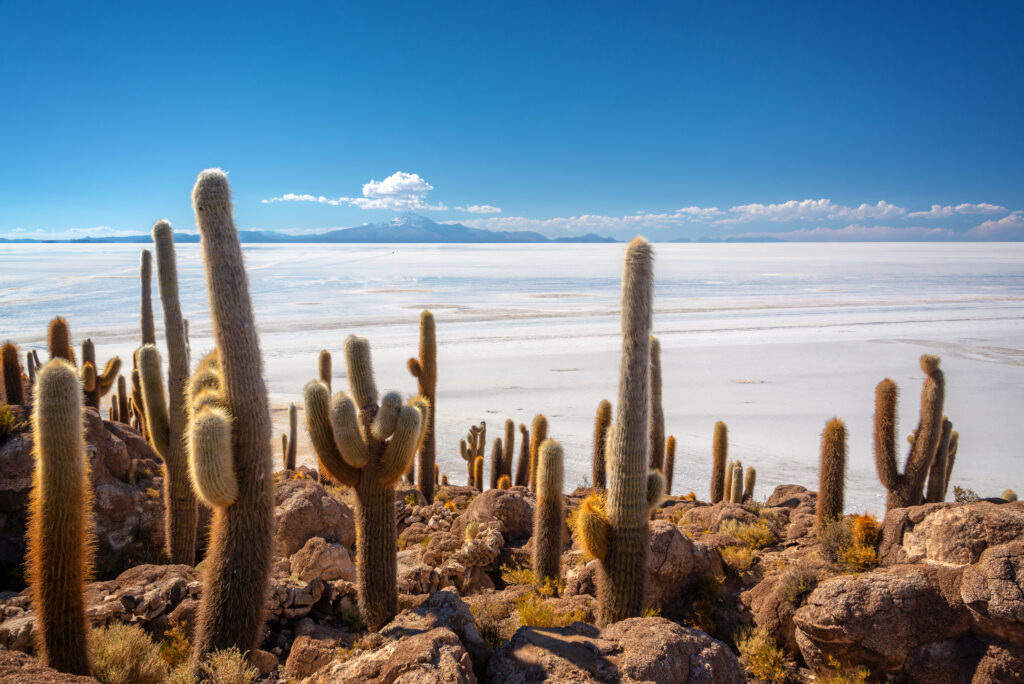
Welcome to an unreal landscape that seems to take you to a whole new world. Salar d'Uyuni lies at the heart of the Aliplano, a region of 1000 wonders, where ancestral traditions have not been forgotten.
Salar d'Uyuni is a vast salt desert, one of the most beautiful in the world, offering a spellbinding vision with its relief patterns on the infinite salt crust. The unmissable Isla Incahuasi, a coral island adorned with majestic cacti, emerges as a sublime spectacle, especially at sunrise. A moment of pure magic awaits you! Other wonders include the "Ojos de Agua"small lakes in the middle of the Salar, and a salt statue commemorating the passage of the Dakar.
Good to know: this site is best visited during the rainy season, when a superb mirror of water is created. However, the visit may be impracticable in the event of flooding: find out for yourself! We recommend you book this guided tour from La Paz to visit the Uyuni salt flat with a fascinating guide!
10. Motorized canoeing in the Bolivian pampas
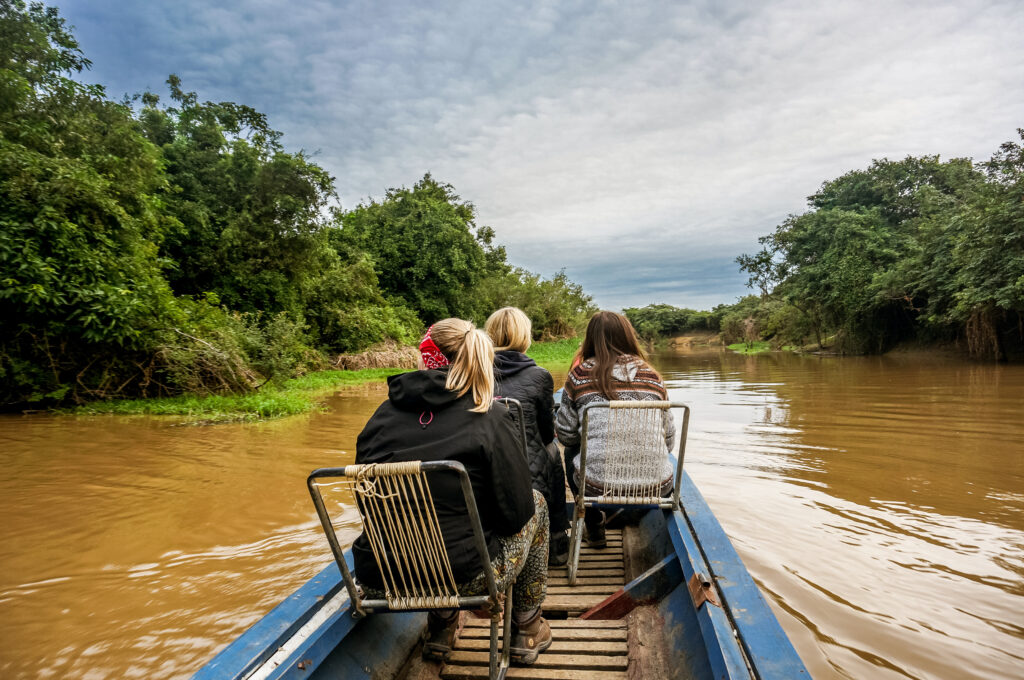
From the town of Rurrenabaque, embark on a thrilling motorized canoe adventure through the Bolivian pampas! It's an experience you've probably never had anywhere else! Along the way, you'll get up close and personal with caimans, pink dolphins and capybaras... Get out your cameras and take your best Insta shots!
The icing on the cake: from Rurrenabaque, you can book a visit to Madidi National Park, giving you the chance to explore the surrounding flora and fauna even further. This unique experience, a true plunge into the heart of Bolivia's biodiversity, is the promise of unforgettable memories in the heart of Latin America's wilderness!
11. The Yungas route, for the intrepid
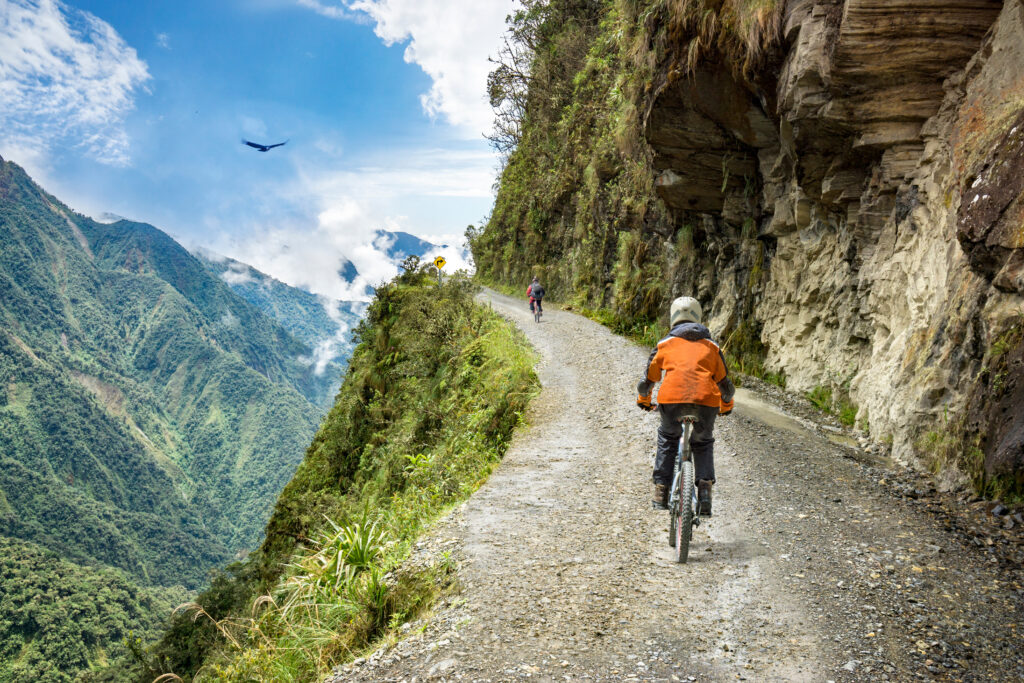
If its "gentle" nickname is "la Ruta de la Muerte", it's not for nothing, so be careful! Located about an hour from La Paz, the Yungas route is known as the most dangerous road in the world. Despite its unfortunate reputation, it is now accessible by bike, although caution is still called for. This spectacular three-hour descent offers spectacular scenery.
Prefer to cover your own rear? In La Paz, specialized agencies such as Gravity Bolivia can guide you by bike along this road of 1000 dangers and 1000 wonders.
12. Eduardo Avaroa Andean National Wildlife Reserve
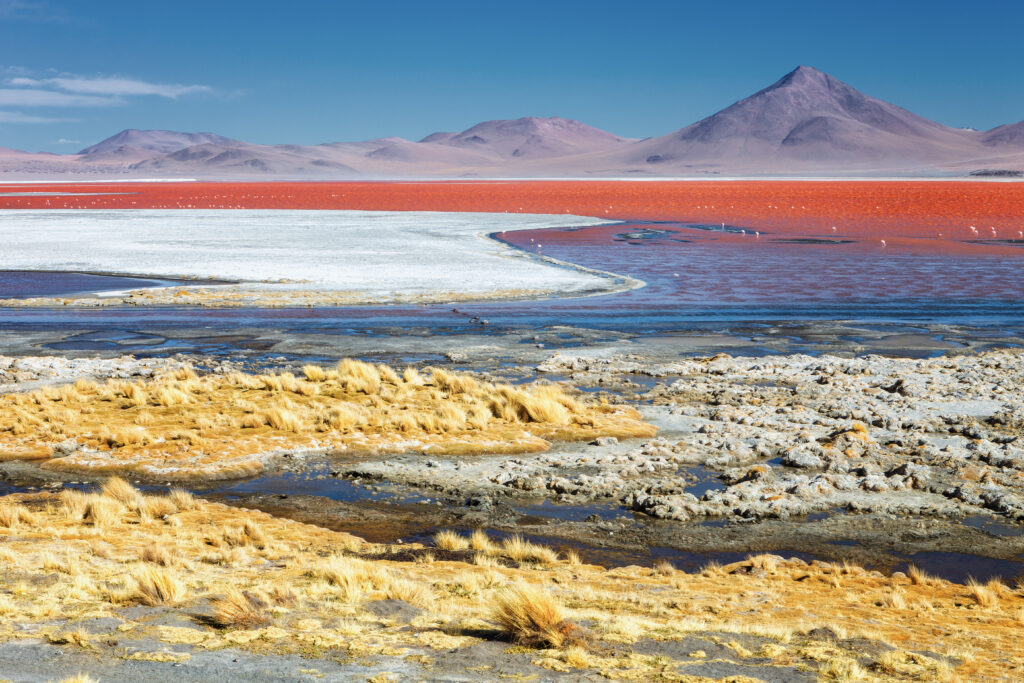
The Eduardo Avaroa Andean National Wildlife Reserve, whose reputation is too often confined to that of a desert, deserves a closer look. The Salvador Dali desert, characterized by shapes and colors reminiscent of the works of the famous Spanish artist, stands out among the reserve's deserts. Among the wonders to be discovered in this reserve, the Sol de Mañana geysers in particular stand out. Located south of Laguna Colorada, at an altitude of 4,850 m, they offer a landscape that seems to come straight from another world: magical!
As you cross the colorful lagoons, keep your eyes peeled! You may well come across animals such as condors or wild foxes.
13. The Route des Joyaux: full of wonders
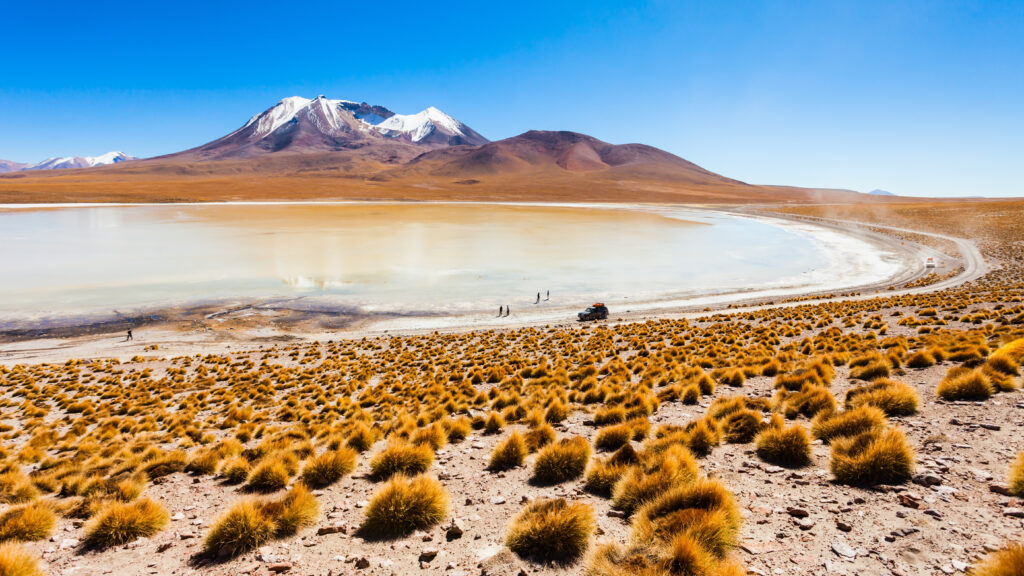
Let's stick around a little longer, and discover the famous Route des Joyaux which crosses south-western Bolivia, including the splendid South Lipez Province. This Andean route skirts the Chilean border and takes you through incredible landscapes such as the Cañapa, Ch'arkota, Honda and Ramaditas lagoons. These natural gems offer breathtaking beauty, with unreal landscapes, volcanoes and endless deserts. Now you're getting the hang of it?
The trip is by 4x4, with the Siloli Desert as the entry point to the Eduardo Avaroa Andean National Wildlife Reserve. At the Laguna Colorada, whose waters are red from algae, you'll be lucky enough to spot numerous pink flamingos. And your excursion doesn't end there! The Polques thermal baths await you for a welcome break in 39°C water. In a nutshell? A dreamlike epic, a little magical, a little fantastic!
14. Tiwanaku ruins, a journey into the past
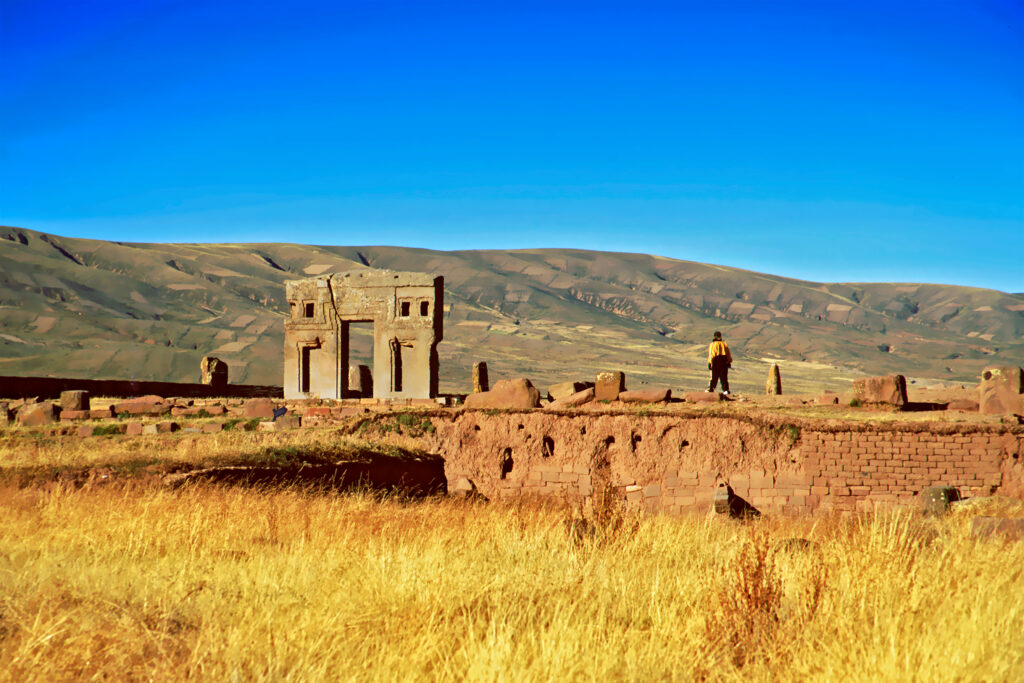
These are among the most beautiful ruins to be seen anywhere in the world: enjoy! More than just ruins, they're a plunge into the history and civilizations of yesteryear. The ruins of Tiwanaku, located near Lake Titicaca, bear witness to the grandeur of the Andean civilization that flourished for ten centuries.
Although time and the elements have left their mark on these remains, the site retains a fascinating architectural finesse and complexity. A visit to Tiwanaku offers a captivating journey back in time to pre-Inca history. Click here to book your guided tour of the archaeological ruins of Tiwanaku.
15. The Tarija wine route
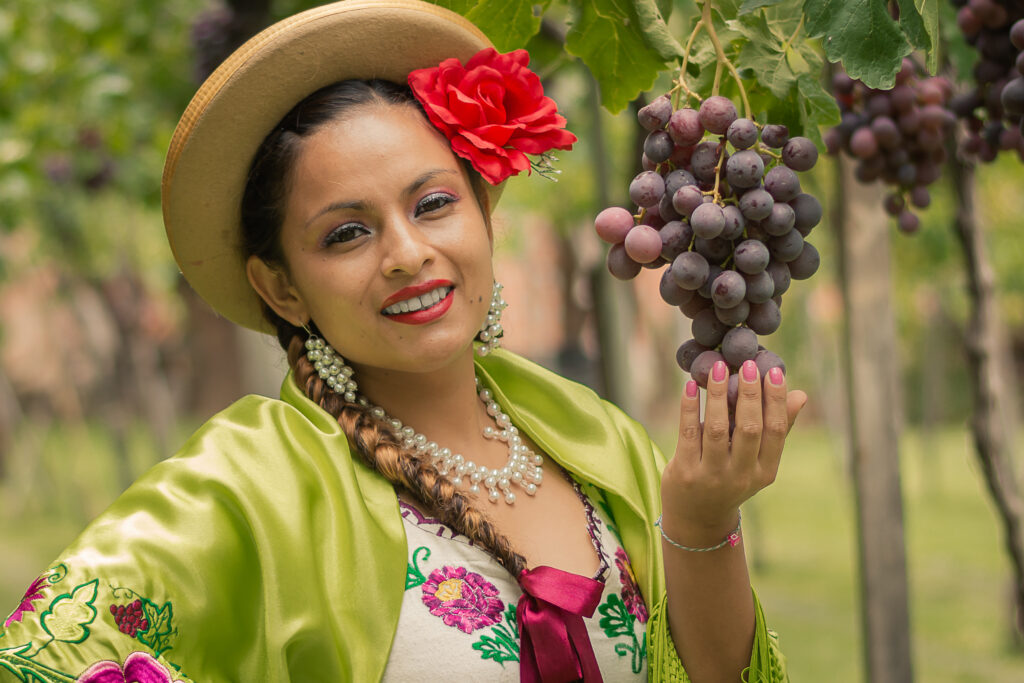
If Bolivia is known for the splendor of its landscapes, it is also known for the quality of its wines, influenced by the arrival of the Spanish colonists. The Tarija region, Bolivia's wine jewel, produces over 80% of the country's wine. Tempted? Then explore the high altitude wine route, a sensory adventure where each bodega offers a tasting of grape varieties and local specialties. How can you resist?
At an altitude of over 2,350 metres, in the Los Cintis valley, you'll discover the highest wine-growing region in the world. Bolivian wines, made from grape varieties such as Merlot and Riesling, appeal to wine lovers the world over. Among them, the wines of Campos de Solana shine with modernity and excellence, ranked among the top 20 Latin American wines at the Concours Mondial de Bruxelles. Enjoy!
16. Santa Cruz, the country's economic powerhouse
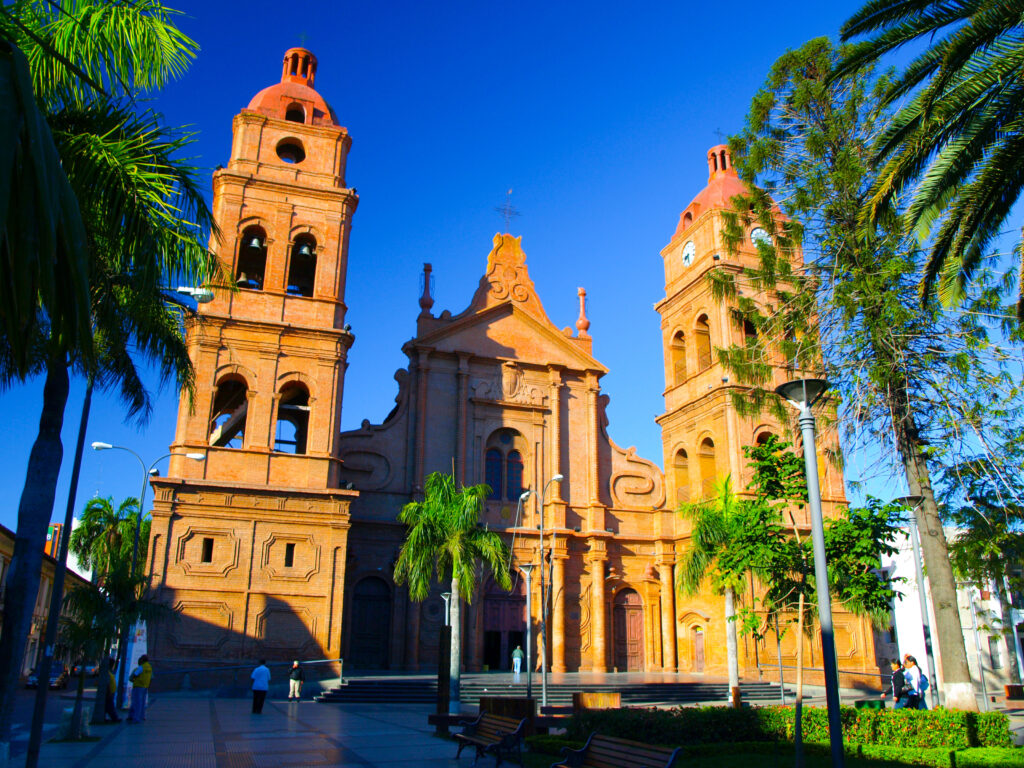
A visit to Santa Cruz means stepping into a dynamic metropolis that combines modernity and tradition. Let's take a look at the must-see places in Santa Cruz! Start by exploring the Plaza 24 de Septiembre, the historic heart of the city, surrounded by colonial buildings and lively cafés. Here, the Metropolitan Cathedral and the minor Basilica of San Lorenzo add a religious (and interesting!) touch to the ensemble. Then treat yourself to a more natural visit to Biocentro Güembé, whose tropical gardens amaze with every step.
Want to immerse yourself in Bolivian life? Immerse yourself in the hustle and bustle of the Los Pozos market, where local crafts and Bolivian flavors take center stage.
17. Amboró National Park, a birdwatcher's paradise
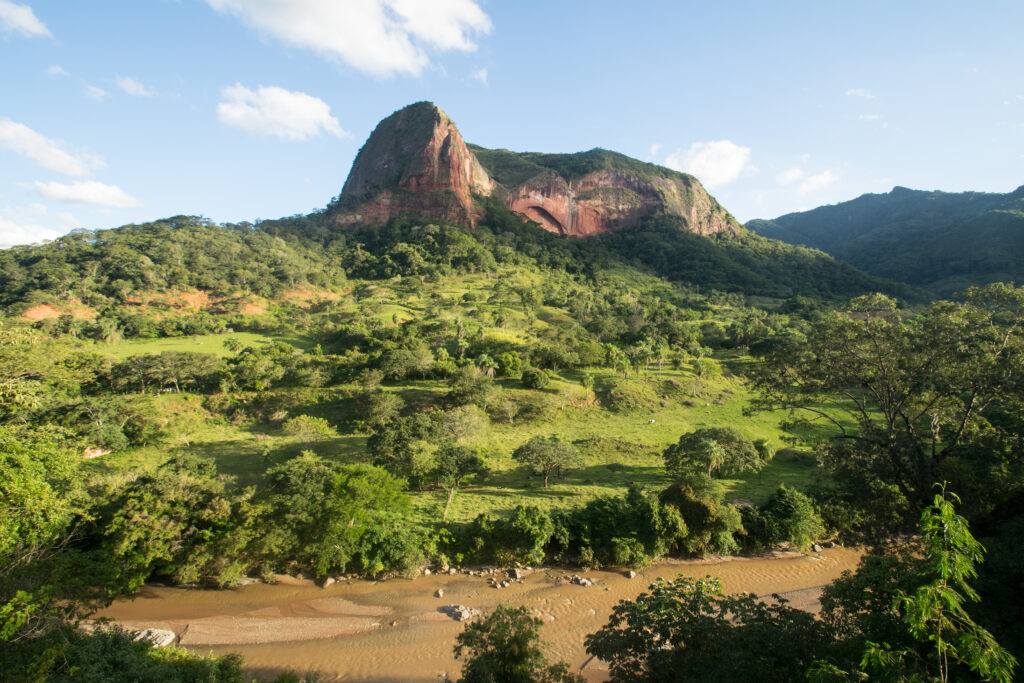
Discover the Amazon, Chaco and Andean ecosystems in Amboró National Park, Bolivia's treasure trove of plant life. Home to an exceptional diversity of species, the park is also home to the largest variety of bird species in the world. A wide range of activities await you from north to south, with the chance to observe rare animals such as the giant sloth at Mataracú and exotic bird species at the Refugio de Los Volcanes. Following the Las Palmeras trail, you'll discover an astonishing abundance of plant life, including giant trees. And if you're a hiker, there are many other trails to explore, such as La Orquídea and La Cascada. Are you more of a water sports enthusiast? Head for the Cajones del Ichilo river for fishing, kayaking, rafting and canoeing.
What to do in Bolivia in two weeks?
Two weeks is all you need to fully enjoy the wonders of Bolivia, including a long round trip.
Day 1 - Departure France / La Paz
Yippee, it's departure day from France to La Paz, with a stopover in Lima! After your transfer to a hotel in La Paz, you can discover Latin American gastronomy in all its splendor. Look out for the best addresses before you leave!
Day 2 - La Paz / Tiwanaku / Copacabana
Depart for Tiwanaku to explore this historic site, including a visit to the Bennett Pachamama monolith. Continue on to Copacabana, with a visit to the cathedral and a possible walk to Cerro Calvario.
Day 3 - Lake Titicaca and the Isle of the Sun
Treat yourself to the most memorable visit of your stay at the famous Lake Titicaca. We highly recommend a mini-cruise to the Isla del Sol, a little marvel well worth seeing. In the afternoon, drive to Salar d'Uyuni.
Day 4 - Lake Titicaca to the Salt Desert
The road from Lake Titicaca to the Salt Desert can be a long one, but there are many beautiful stops in store for you. Take the time to visit and take some pretty shots, before making your way leisurely to one of Bolivia's most emblematic places.
Day 5 - Salar d'Uyuni
Here you are at last! The Salar d'Uyuni awaits you in all its splendor, with lunch on Incahuasi Island and a visit to the village of Colchani and the Galaxy Caves.
Day 6 and 7 - Lipez
After a night in Uyuni, explore the Sol de Manana geysers, the Dali desert and the Laguna Verde. If you're spending just one day here, you'll have to make a choice. You can, however, remove one stage from this tour, so that you can spend more time on site if you prefer.
Day 8 - Potosi
Back to Potosi, Bolivia's beautiful ancestral city. Enjoy a leisurely stroll through its architectural treasures. Plan to spend the night here before heading off to Sucre.
Day 9 - Potosi/ Sucre
After a visit to the Cerro Rico mine, set off for Sucre. Once there, discover the buildings of Plaza 25 de Mayo, one of the most beautiful parts of the city.
Day 10 - Oruro
If you're lucky enough to visit Bolivia in February, you're in luck! You'll be able to attend the famous Oruro Carnival! From mines and museums to Plaza 10 de Ferrero, it's always worth a visit.
Day 11 - Oruro / La Paz by plane
Ouch, the end of the vacation approaches! After a tour of the Oruro area, take an afternoon flight to La Paz. Don't forget to book a hotel in La Paz for this final stopover!
Day 12 - La Paz
Now you can take your time and visit the city from top to bottom before you leave. The witches' market is a must, as is the Killi killi viewpoint.
Day 13 - Return to France
The return journey takes a full day, if not a little longer. So don't delay if you've booked a two-week vacation.
Day 14 - Return home
And that's it! It's time to return home from the airport, unpack and sort out your vacation photos!
When is the best time to leave for Bolivia?
Well... It all depends on what you're looking for! Every season has its advantages and disadvantages. Generally speaking, the rainy season, from November to March, is often avoided. However, some people like it, for example, to observe the salt desert in all its shimmering splendor, while enjoying the summer heat. The recommended season, however, is April to June, when rainfall is lower and the climate mild, but not hot. When to visit Bolivia It's up to you to decide!
Good to know:in February, you can attend one of the best events in Latin America: the Oruro Carnival! Don't miss this event under any circumstances. It's one of the top 10 once-in-a-lifetime carnivals!
Did you enjoy your stay in Bolivia? The history of the Inca civilizations is fascinating, and can be seen everywhere. What will you visit next? Machu Picchu in Peru? Brazil during its famous carnival? Latin America is vast and beautiful, so make the most of it!
Tempted by a vacation in Bolivia? Take advantage of a discount by booking your travel insurance here, and leave with peace of mind!


